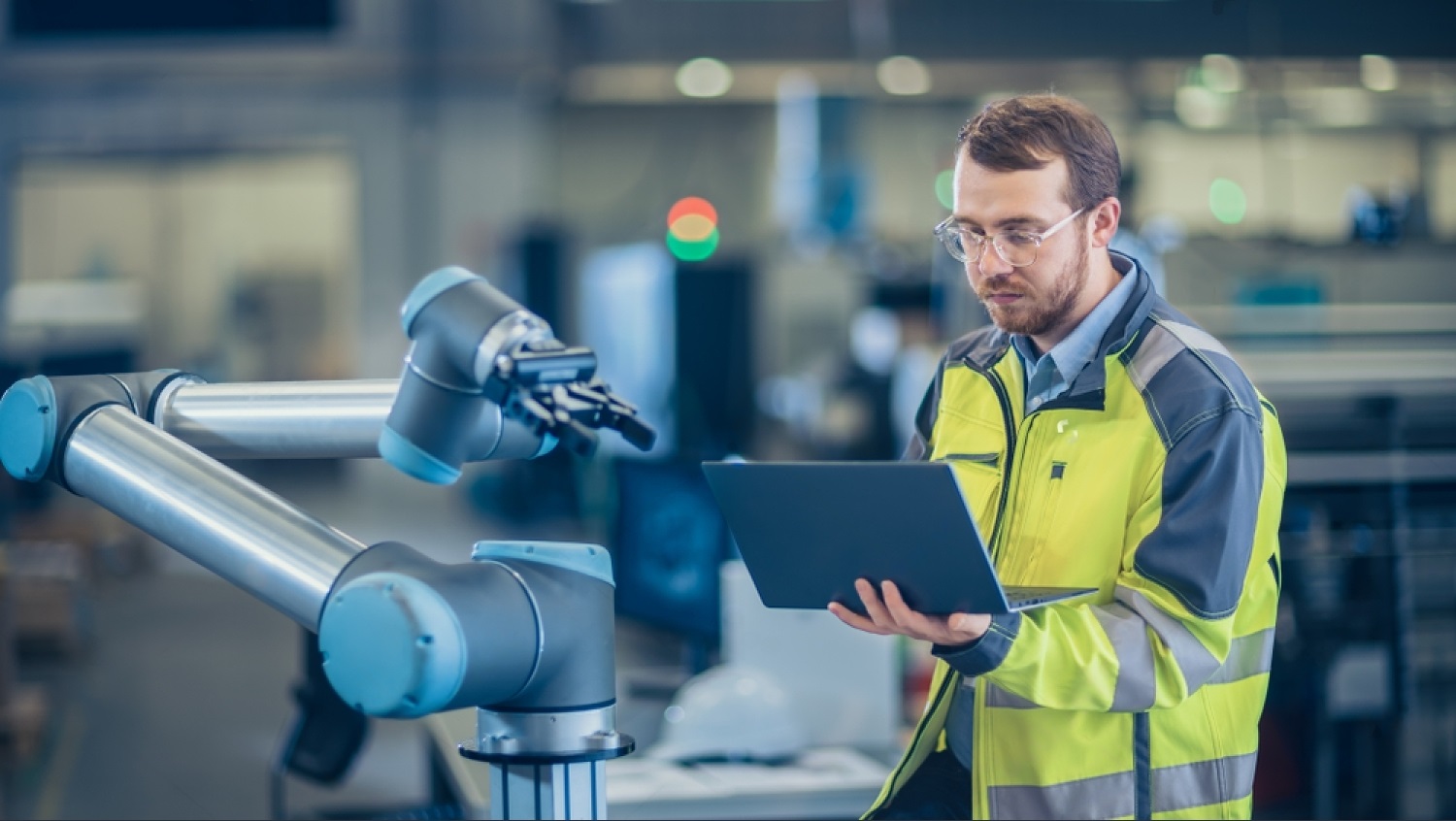In today’s fast-paced and competitive business environment, streamlining operations has become essential for companies aiming to stay ahead of the curve. The integration of robotics and automation has emerged as a game-changer, revolutionizing industries and unlocking new levels of operational efficiency. By harnessing the power of these advanced technologies, businesses can optimize their processes, increase productivity, and achieve substantial cost savings. In this blog, we will explore how robotics and automation are transforming industries by streamlining operations and delve into the benefits, challenges, and future prospects of this powerful duo.
Understanding Streamlining Operations:
Streamlining operations refers to the strategic process of optimizing workflows, minimizing redundancies, and eliminating inefficiencies to achieve maximum productivity and cost-effectiveness. In today’s dynamic business landscape, organizations face numerous challenges in achieving operational excellence, such as complex supply chains, fluctuating market demands, and resource limitations. However, by leveraging robotics and automation, businesses can overcome these obstacles and achieve streamlined operations that drive sustainable growth.
The Role of Robotics in Streamlining Operations:
Robotics technology has emerged as a catalyst for operational transformation in various industries. Robots, equipped with advanced sensors and actuators, can perform repetitive and labor-intensive tasks with unparalleled accuracy and efficiency. Collaborative robots, or cobots, work alongside human operators, optimizing productivity and ensuring safety. Autonomous vehicles and drones automate material handling and logistics operations, enabling faster and more precise deliveries. From manufacturing and logistics to healthcare and agriculture, robotics is reshaping industries by augmenting human capabilities and revolutionizing operational workflows.
Automation: A Key Enabler for Operational Efficiency:
Automation, powered by cutting-edge technologies such as machine learning and artificial https://en.wikipedia.org/wiki/Artificial_intelligenceintelligence (AI), plays a crucial role in streamlining operations. By automating manual and rule-based tasks, businesses can achieve higher levels of operational efficiency, reduce errors, and accelerate processes. Machine learning algorithms can analyze vast amounts of data to identify patterns, optimize inventory management, and predict maintenance requirements. AI-powered chatbots and virtual assistants streamline customer support and enhance service quality. Through automation, organizations can streamline their operations, allocate resources effectively, and respond swiftly to market demands.
Benefits of Robotics and Automation in Streamlining Operations:
The integration of robotics and automation offers a multitude of benefits for businesses seeking to streamline their operations. Firstly, productivity gains are realized through faster cycle times, reduced downtime, and increased throughput. With robots handling repetitive tasks, employees can focus on higher-value activities, driving innovation and creativity. Secondly, the precision and accuracy of robotics and automation result in higher product quality, leading to customer satisfaction and loyalty. Additionally, these technologies enable better resource optimization, minimizing waste, and reducing costs. Furthermore, by taking over hazardous or physically demanding tasks, robotics and automation enhance workplace safety, mitigating the risk of accidents and injuries.
Challenges and Considerations in Implementing Robotics and Automation:
While the potential benefits of robotics and automation are significant, organizations must navigate several challenges when implementing these technologies. One major concern is the initial cost of adoption, including the purchase of equipment, system integration, and employee training. Moreover, businesses must address the apprehension surrounding job displacement and the impact on the workforce. It is crucial for companies to proactively manage the transition, upskilling employees to work alongside robots and creating new roles that leverage human creativity and problem-solving. Additionally, careful planning, collaboration with technology providers, and a clear change management strategy are imperative for successful implementation.
Future Outlook: The Potential of Robotics and Automation in Industry:
Looking ahead, the future prospects for robotics and automation in streamlining operations are promising. As technology continues to advance, robots are becoming more flexible, adaptable, and intelligent. The emergence of collaborative robotics, AI-driven automation, and the Internet of Things (IoT) will open up new possibilities for increased integration and interconnectedness across various operational processes. Industries such as healthcare, construction, and retail are poised to witness significant transformations as robotics and automation continue to evolve. The continuous advancements in these technologies will revolutionize industries, create new business opportunities, and reshape the way we work.
Takeaway
In conclusion, harnessing the power of robotics and automation is revolutionizing industries by streamlining operations. By embracing these advanced technologies, businesses can achieve enhanced productivity, improved quality, cost savings, and a safer work environment. Although challenges exist, proactive planning, proper training, and collaboration can ensure a successful integration process. As the future unfolds, robotics and automation will play an increasingly vital role in driving operational efficiency and empowering organizations to thrive in a rapidly evolving business landscape. Embrace the transformative potential of robotics and automation, and unlock new levels of operational excellence in your industry.

